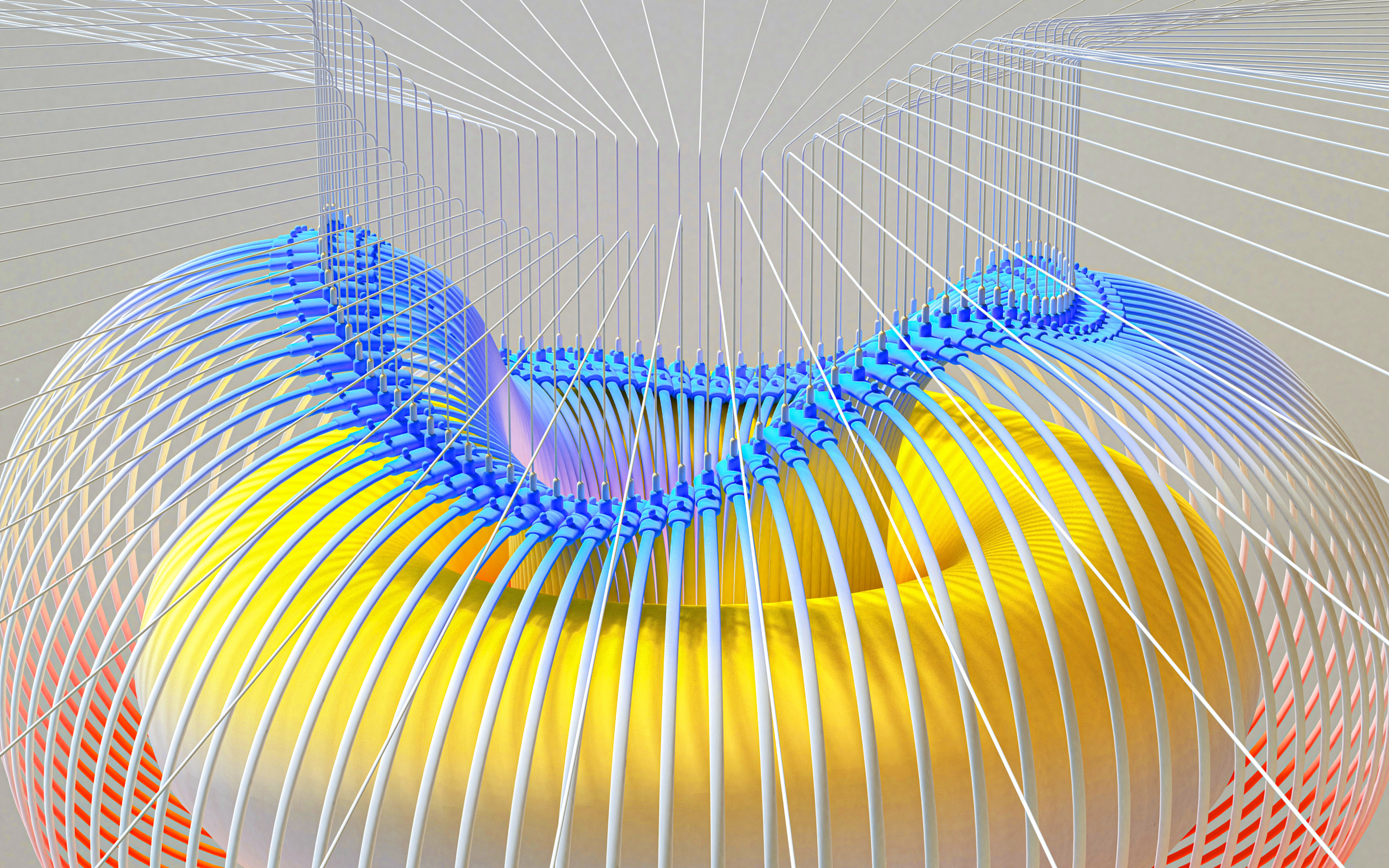Temporomandibular Joints (TMJ)
Temporomandibular Joints (TMJ)
Temporomandibular Joints (TMJ)
The temporomandibular joint (TMJ) is where the lower jaw joins the rest of the skull. The mandible is the only bone in the human body that has two joints that work as one. There are two joints, one on each side. Various factors such as trauma, diseases of the joint, and chronic systemic diseases can cause pain and bone abnormalities. As a result, xrays are recommended for diagnostic evaluation and treatment planning for patients suffering from disorders in these joints.
The temporomandibular joint (TMJ) is where the lower jaw joins the rest of the skull. The mandible is the only bone in the human body that has two joints that work as one. There are two joints, one on each side. Various factors such as trauma, diseases of the joint, and chronic systemic diseases can cause pain and bone abnormalities. As a result, xrays are recommended for diagnostic evaluation and treatment planning for patients suffering from disorders in these joints.
The temporomandibular joint (TMJ) is where the lower jaw joins the rest of the skull. The mandible is the only bone in the human body that has two joints that work as one. There are two joints, one on each side. Various factors such as trauma, diseases of the joint, and chronic systemic diseases can cause pain and bone abnormalities. As a result, xrays are recommended for diagnostic evaluation and treatment planning for patients suffering from disorders in these joints.

Two-dimensional TMJ display
Two-Dimensional TMJ Display
The two-dimensional TMJ display is actually a double Panoramic X-ray one with a closed and one with an open mouth performed with a special panoramic TMJ program. The patient is placed in the orthopantomograph, the first scan captures the teeth in central occlusion and the second scan captures the mouth in its widest possible open position. This initial assessment can highlight fractures, osteophytes, and arthritis.
However, with a 2D scan, the condyles are not depicted in their natural size, and a slight magnification is observed.
Two-dimensional TMJ display
Two-Dimensional TMJ Display
The two-dimensional TMJ display is actually a double Panoramic X-ray one with a closed and one with an open mouth performed with a special panoramic TMJ program. The patient is placed in the orthopantomograph, the first scan captures the teeth in central occlusion and the second scan captures the mouth in its widest possible open position. This initial assessment can highlight fractures, osteophytes, and arthritis.
However, with a 2D scan, the condyles are not depicted in their natural size, and a slight magnification is observed.
Two-dimensional TMJ display
Two-Dimensional TMJ Display
The two-dimensional TMJ display is actually a double Panoramic X-ray one with a closed and one with an open mouth performed with a special panoramic TMJ program. The patient is placed in the orthopantomograph, the first scan captures the teeth in central occlusion and the second scan captures the mouth in its widest possible open position. This initial assessment can highlight fractures, osteophytes, and arthritis.
However, with a 2D scan, the condyles are not depicted in their natural size, and a slight magnification is observed.
Two-dimensional TMJ display
Two-Dimensional TMJ Display
The two-dimensional TMJ display is actually a double Panoramic X-ray one with a closed and one with an open mouth performed with a special panoramic TMJ program. The patient is placed in the orthopantomograph, the first scan captures the teeth in central occlusion and the second scan captures the mouth in its widest possible open position. This initial assessment can highlight fractures, osteophytes, and arthritis.
However, with a 2D scan, the condyles are not depicted in their natural size, and a slight magnification is observed.

Three-Dimensional Display of TMJ
Three-dimensional imaging of the TMJ can be carried out using Cone-Beam Computed Tomography (CBCT). This examination includes two scans - one with the teeth barrier open and one with the teeth closed in centric occlusion.
Patients are placed in upright position, their hands on the support handles, chin and forehead on the head fixation device. The first scan captures the teeth in central occlusion. The second scan captures the mouth in its widest possible open position, maintained by a bite block. Each scan lasts a few seconds.
The advantage of this examination over other methods is the ability to reconstruct axial images to other planes, such as coronal and sagittal. In these, the bone structure and morphology of the condyle and temporal glenoid cavity can be studied. The high-resolution imaging helps in evaluating radiolucent and radiopaque lesions, flattening, osteophytes, absorption, hardening, or erosion of the condyle head.
Three-Dimensional Display of TMJ
Three-dimensional imaging of the TMJ can be carried out using Cone-Beam Computed Tomography (CBCT). This examination includes two scans - one with the teeth barrier open and one with the teeth closed in centric occlusion.
Patients are placed in upright position, their hands on the support handles, chin and forehead on the head fixation device. The first scan captures the teeth in central occlusion. The second scan captures the mouth in its widest possible open position, maintained by a bite block. Each scan lasts a few seconds.
The advantage of this examination over other methods is the ability to reconstruct axial images to other planes, such as coronal and sagittal. In these, the bone structure and morphology of the condyle and temporal glenoid cavity can be studied. The high-resolution imaging helps in evaluating radiolucent and radiopaque lesions, flattening, osteophytes, absorption, hardening, or erosion of the condyle head.
Three-Dimensional Display of TMJ
Three-dimensional imaging of the TMJ can be carried out using Cone-Beam Computed Tomography (CBCT). This examination includes two scans - one with the teeth barrier open and one with the teeth closed in centric occlusion.
Patients are placed in upright position, their hands on the support handles, chin and forehead on the head fixation device. The first scan captures the teeth in central occlusion. The second scan captures the mouth in its widest possible open position, maintained by a bite block. Each scan lasts a few seconds.
The advantage of this examination over other methods is the ability to reconstruct axial images to other planes, such as coronal and sagittal. In these, the bone structure and morphology of the condyle and temporal glenoid cavity can be studied. The high-resolution imaging helps in evaluating radiolucent and radiopaque lesions, flattening, osteophytes, absorption, hardening, or erosion of the condyle head.
Three-Dimensional Display of TMJ
Three-dimensional imaging of the TMJ can be carried out using Cone-Beam Computed Tomography (CBCT). This examination includes two scans - one with the teeth barrier open and one with the teeth closed in centric occlusion.
Patients are placed in upright position, their hands on the support handles, chin and forehead on the head fixation device. The first scan captures the teeth in central occlusion. The second scan captures the mouth in its widest possible open position, maintained by a bite block. Each scan lasts a few seconds.
The advantage of this examination over other methods is the ability to reconstruct axial images to other planes, such as coronal and sagittal. In these, the bone structure and morphology of the condyle and temporal glenoid cavity can be studied. The high-resolution imaging helps in evaluating radiolucent and radiopaque lesions, flattening, osteophytes, absorption, hardening, or erosion of the condyle head.

Radiation Exposure
CBCT is an imaging scan that uses X-rays. However, radiation exposure is up to 200 times less than conventional CT scans, thanks to its conical beam and single-scan data acquisition process.
Radiation Exposure
CBCT is an imaging scan that uses X-rays. However, radiation exposure is up to 200 times less than conventional CT scans, thanks to its conical beam and single-scan data acquisition process.
Radiation Exposure
CBCT is an imaging scan that uses X-rays. However, radiation exposure is up to 200 times less than conventional CT scans, thanks to its conical beam and single-scan data acquisition process.
Radiation Exposure
CBCT is an imaging scan that uses X-rays. However, radiation exposure is up to 200 times less than conventional CT scans, thanks to its conical beam and single-scan data acquisition process.

Results
The reconstruction and diagnosis of the images require analysis by an oral maxillofacial radiologist. The results are not provided the same day. However, Dentalray offers to send the hard copy file via courier to the attending dentist at no extra cost, after consulting with the patient for his convenience.
Results
The reconstruction and diagnosis of the images require analysis by an oral maxillofacial radiologist. The results are not provided the same day. However, Dentalray offers to send the hard copy file via courier to the attending dentist at no extra cost, after consulting with the patient for his convenience.
Results
The reconstruction and diagnosis of the images require analysis by an oral maxillofacial radiologist. The results are not provided the same day. However, Dentalray offers to send the hard copy file via courier to the attending dentist at no extra cost, after consulting with the patient for his convenience.
Results
The reconstruction and diagnosis of the images require analysis by an oral maxillofacial radiologist. The results are not provided the same day. However, Dentalray offers to send the hard copy file via courier to the attending dentist at no extra cost, after consulting with the patient for his convenience.

Why Choose Dentalray?
Dentalray is a specialized center exclusively dedicated to oral and maxillofacial radiology. The TMJ scan is a preferred examination in specific dentistry specialties, such as maxillofacial surgeons. At Dentalray, the oral maxillofacial radiologists who diagnose the TMJ scan have years of experience in this highly specialized and demanding field. Trust Dentalray for superior diagnostic imaging and patient care.
Why Choose Dentalray?
Dentalray is a specialized center exclusively dedicated to oral and maxillofacial radiology. The TMJ scan is a preferred examination in specific dentistry specialties, such as maxillofacial surgeons. At Dentalray, the oral maxillofacial radiologists who diagnose the TMJ scan have years of experience in this highly specialized and demanding field. Trust Dentalray for superior diagnostic imaging and patient care.
Why Choose Dentalray?
Dentalray is a specialized center exclusively dedicated to oral and maxillofacial radiology. The TMJ scan is a preferred examination in specific dentistry specialties, such as maxillofacial surgeons. At Dentalray, the oral maxillofacial radiologists who diagnose the TMJ scan have years of experience in this highly specialized and demanding field. Trust Dentalray for superior diagnostic imaging and patient care.
Why Choose Dentalray?
Dentalray is a specialized center exclusively dedicated to oral and maxillofacial radiology. The TMJ scan is a preferred examination in specific dentistry specialties, such as maxillofacial surgeons. At Dentalray, the oral maxillofacial radiologists who diagnose the TMJ scan have years of experience in this highly specialized and demanding field. Trust Dentalray for superior diagnostic imaging and patient care.








